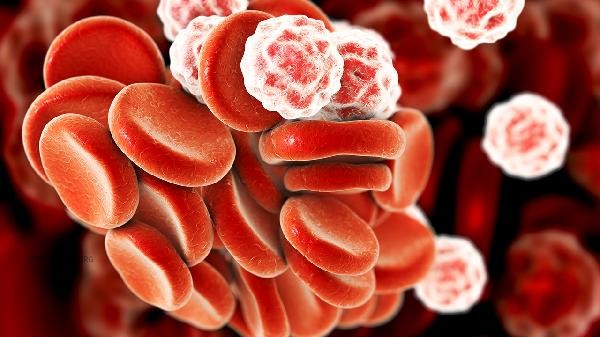Low white blood cell count may increase the risk of infection, including susceptibility to bacterial infections, viral infections, fungal infections, delayed wound healing, and potential blood disease risks. White blood cells are an important component of the immune system, and a decrease in their quantity can weaken the body's defense capabilities.

1. Susceptible to bacterial infections: Neutrophils account for 50% -70% of the total white blood cell count, and purulent bacterial infections are common when their number is insufficient. Patients may experience recurrent respiratory infections, skin abscesses, or urinary tract infections, which can progress to sepsis in severe cases. Daily contact with infection sources should be avoided, and timely medical attention should be sought if fever symptoms occur.
2. Risk of viral infection:
Decreased lymphocytes can reduce the ability to clear viruses, which can easily lead to influenza, herpes virus, or EB virus infections. Clinical manifestations include persistent low-grade fever, oral ulcers, and lymphadenopathy. It is recommended to take preventive measures such as getting vaccinated against influenza, and to strengthen observation after coming into contact with infected individuals.
3. Chance of fungal infection:
Monocytes and neutrophils jointly participate in fungal defense, and opportunistic infections such as oral candidiasis and Pneumocystis pneumonia may occur when the count is low. Long term use of antibiotics or immunosuppressants carries a higher risk and requires maintaining a clean and dry environment.

4. Delayed wound healing:
White blood cells participate in the inflammatory response and tissue repair process, and insufficient numbers can lead to slow healing of surgical incisions or wound sites. Diabetes patients with leukopenia are more likely to have chronic ulcers, which requires regular disinfection and dressing changes and blood glucose monitoring.
5. Blood disease warning:
Continuous leukopenia may indicate hematopoietic system diseases such as aplastic anemia and myelodysplastic syndrome. When accompanied by anemia, bleeding tendency, or unexplained bruising, further examinations such as bone marrow puncture are necessary. Individuals with low white blood cell counts should ensure sufficient protein intake and consume high-quality protein such as eggs and fish daily; Supplement animal liver rich in vitamin B12 and citrus fruits rich in vitamin C. Moderately engage in low-intensity exercises such as brisk walking and Tai Chi to enhance physical fitness, and avoid crowded places. Regular blood routine check should be conducted, and protective isolation measures should be taken when the absolute value of neutrophils is below 0.5 × 10 ⁹/L. Pay attention to changes in body temperature, and seek timely medical attention at the hematology department if you experience persistent fatigue or recurrent infection symptoms.









Comments (0)
Leave a Comment
No comments yet
Be the first to share your thoughts!